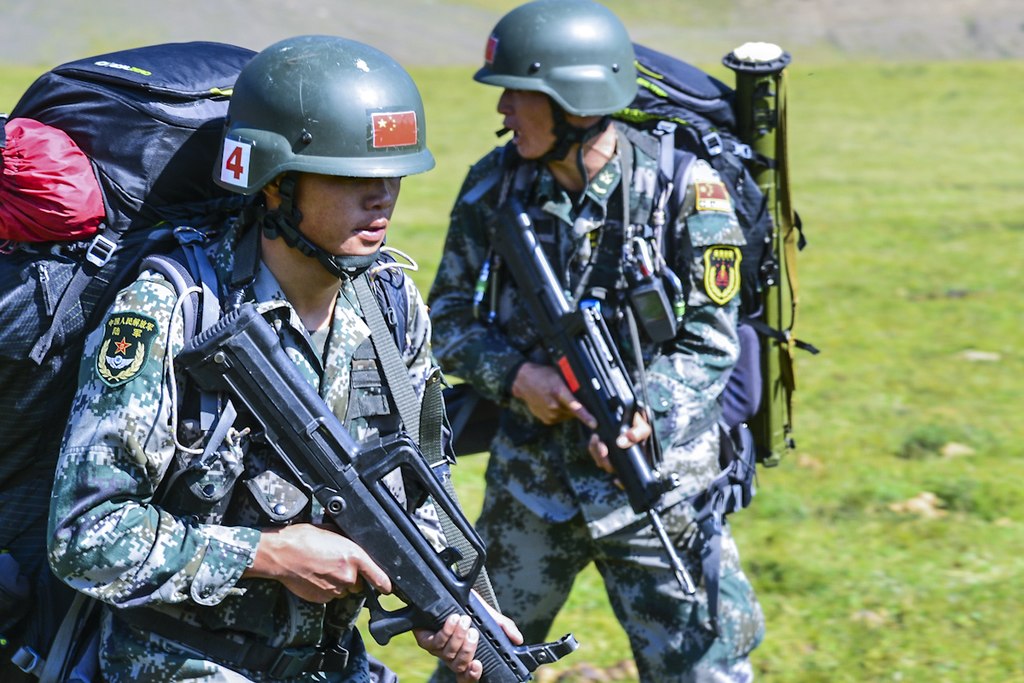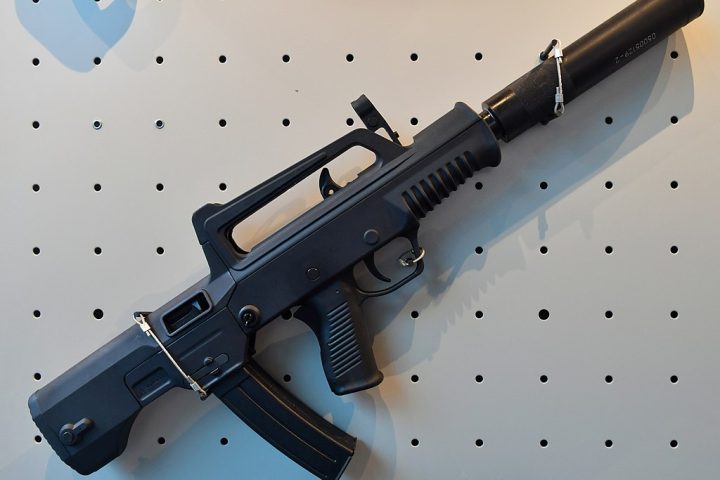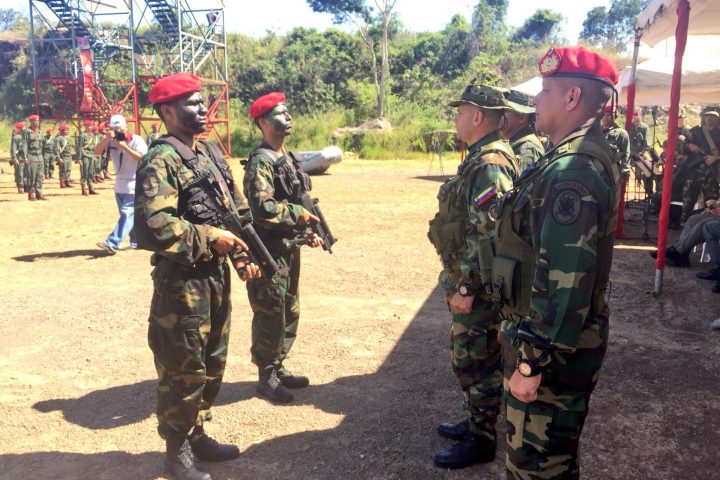China has made significant strides in firearms development over the years, and the QBZ-95 or Type 95 assault rifle is a testament to this fact. It is a modern weapon family that utilizes indigenous Chinese ammunition to replace the aging Type 81. Elite units of the PLA initially adopted the QBZ-95, but it eventually became the standard-issue infantry rifle for the Chinese army, armed police, and law enforcement forces. This article provides an in-depth overview of the QBZ-95, covering its design, features, capabilities, and limitations.
Design and Features
The QBZ-95 is an entirely new and indigenous design that does not resemble any previous Chinese or foreign designs. It is a gas-operated, selective-fire assault rifle with a bullpup layout, where the action and magazine are behind the trigger group. This layout offers a shorter overall length, improved maneuverability, and better weight distribution, making it suitable for urban combat and other close-quarters operations.
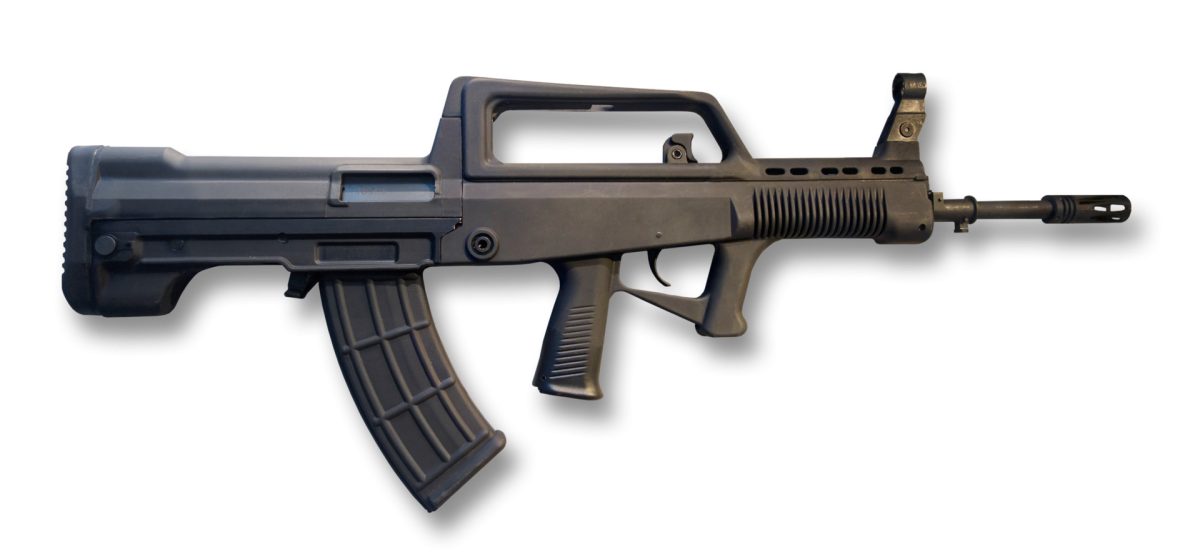
The QBZ-95 is chambered for the DBP-87 5.8×42 mm ammunition, developed in the late 1980s to replace the Soviet 7.62×39 mm ammunition in Chinese service. This ammunition is lighter, has improved ballistics, and is similar in concept to the standard NATO 5.56×45 mm and Soviet 5.45×39 mm intermediate ammunition. It was designed to be a one-cartridge solution for assault rifles, designated marksman rifles, and light machine guns. According to Chinese sources, the 5.8×42 mm ammunition is superior to the 5.56×45 mm and 5.45×39 mm ammunition.
The QBZ-95 family includes the QBZ-95 assault rifle, QJB-95 squad automatic weapon, QJY-88 general-purpose machine gun, and QBU-88 designated marksman rifle. All these weapons share the same action and bullpup layout, with a polymer housing. However, they cannot be converted from one configuration to another.
The QBZ-95 features a combined safety and fire mode selector switch behind the magazine on the left, which is somewhat awkward. It can produce single shots, three-round bursts, or fully automatic fire. The weapon incorporates some features to reduce recoil, which is claimed to be low.
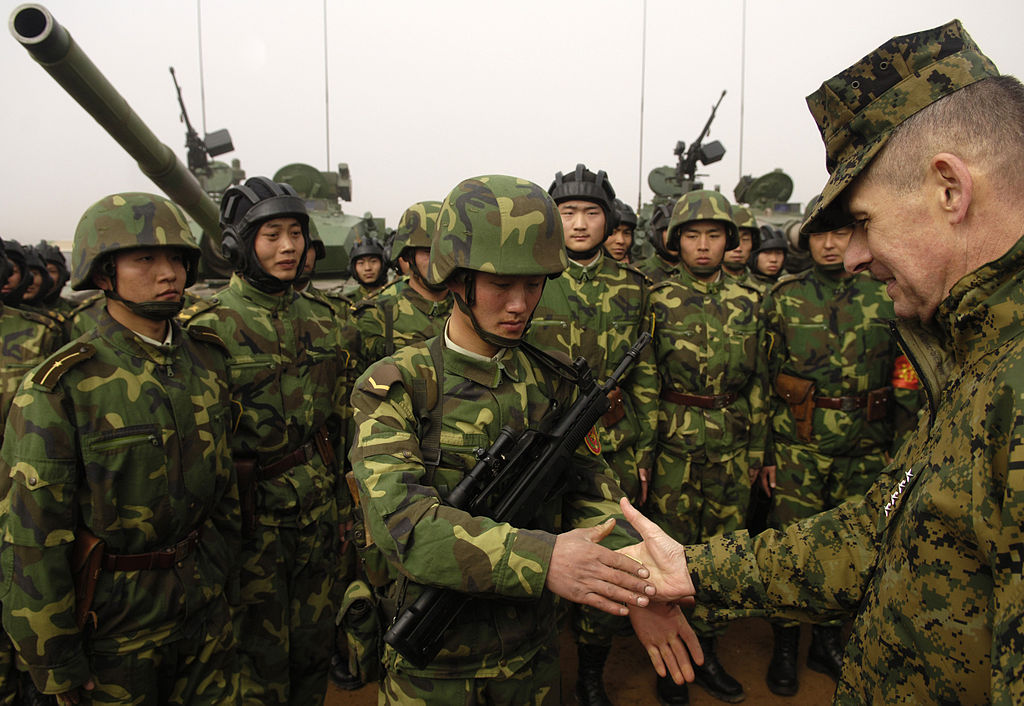
The QBZ-95 uses box-shaped polymer magazines that can hold 30 rounds, and two magazines can be clamped together using a special clamp for faster reloading. An integral carrying handle comes with a built-in rear sight base that is of the open type and has a sighting range of 500 m. The carrying handle has quick-release mounting points for various sights or night vision scopes, including the IQ5118 1x magnification thermal sight. The effective range of fire is about 400 m against a point target and 600 m against an area target.
The QBZ-95 assault rifle is compatible with a QLG-91B 35 mm under-barrel grenade launcher, similar in concept to the US M203, or a newer and more compact QLG-10 35 mm grenade launcher inspired by the Russian GP-30. The weapon can also launch DQJ-03 40 mm rifle grenades and mount a knife-bayonet.
Capabilities and Limitations
Although the QBZ-95 had many advantages, such as being a modern weapon with high accuracy, it had limited ergonomics and some other limitations. As a result, the Chinese military decided to adopt the QBZ-03 assault rifle, which had a conventional layout. This rifle, however, was not a direct replacement for the QBZ-95 and was only used by border guard units and law enforcement forces in China.
Despite this, in 2014, the Chinese military launched a development program for a new weapon to replace the QBZ-95, which had been in service for some time. The military decided to move away from the bullpup layout that was previously used and instead opted for a conventional layout. The resulting weapon was named QBZ-191 and was adopted in 2019.
The QBZ-191, chambered for different ammunition than the QBZ-95, strongly resembles the US Bushmaster ACR modular assault rifle, although it has undergone several modifications. China’s adoption of the QBZ-191 means it is one of the last nations to abandon assault rifles with a bullpup layout. The QBZ-191 was adopted alongside a new family of infantry weapons to replace the entire QBZ-95 family in service.
Variants
QBZ-95-1
The QBZ-95-1 is an improved version of the QBZ-95, featuring a heavier and longer barrel, a redesigned muzzle brake, and a relocated fire mode selector. This weapon was designed to handle the new DBP-10 “heavy” ammunition, providing superior ballistics range and armor penetration. The QBZ-95 could previously use the DBP-88 “heavy” round of the QJB-95 light machine gun, which caused excessive wear and tear to the barrel and action. The new DBP-10 round is compatible with the improved QBZ-95-1 assault rifle and the QJB-95 light machine gun. The Chinese army has fielded a small number of these improved assault rifles for trials and evaluation, and they are currently in service alongside the original QBZ-95 assault rifles.
QBZ-95B
The QBZ-95B carbine is a shorter and lighter version of the assault rifle used by the Chinese Navy. However, its short barrel is incompatible with a bayonet or under-barrel grenade launcher. The QBZ-95B-1 is an improved version of the QBZ-95B with ergonomic enhancements, similar to the QBZ-95-1 full-size assault rifle.

QJB-95
The QJB-95 light machine gun is fitted with a bipod and a heavier barrel and typically uses 75-round drum-type magazines. It initially used the DBP-88 “heavy” machine gun ammunition, but the new DBP-10 “heavy” round is now compatible with the QJB-95 light machine gun and the improved QBZ-95-1 assault rifle. The QJB-95-1 is an improved light machine gun with ergonomic enhancements.
QBZ-97
The QBZ-97 is an export version of the QBZ-95, chambered for the 5.56×45 mm standard NATO ammunition and compatible with standard NATO (M16-type) magazines. It is similar to the QBZ-95 internally and has been exported to several countries, including Cambodia, the Philippines, and Sudan. The QBZ-97A is another export variant with a three-round burst mode and a different pistol grip. The QBZ-97B is a shorter carbine version, chambered for the 5.56×45 mm NATO ammunition, intended for the export market. The NQZ-03B is a semi-automatic civilian version.
QJB-97
The QJB-97 is a light machine gun developed for export, also chambered for 5.56×45 mm ammunition. Finally, the MA-1 Mk.3 is Myanmar’s clone of the QBZ-97, with some local modifications, and was adopted by the Myanmar Army around 2012.
Technical specifications
| Country of origin: | China |
| Manufacturer: | Norinco |
| Entered service: | Mid 1990s |
| Caliber: | 5.8 x 42 mm |
| Weight (empty): | 3.4 kg |
| Length: | 760 mm |
| Barrel length: | 520 mm |
| Muzzle velocity: | 930 m/s |
| Cyclic rate of fire: | 650 rpm |
| Practical rate of fire: | 40 – 100 rpm |
| Magazine capacity: | 30 rounds |
| Sighting range: | 500 m |
| Mid-1990s | ~ 400 m |


